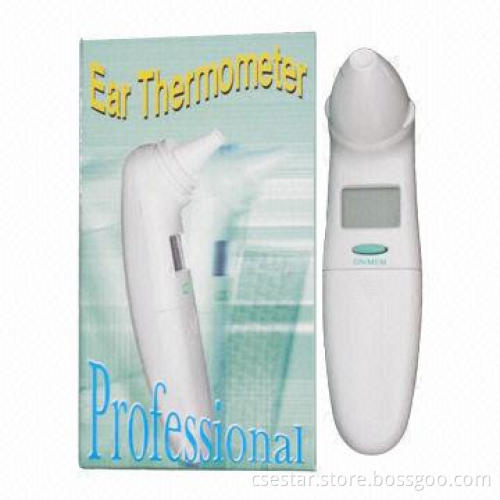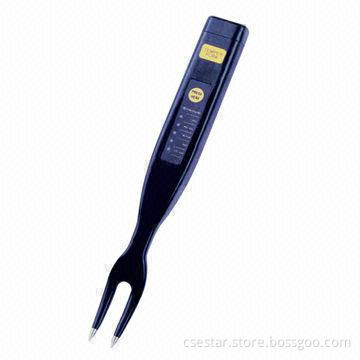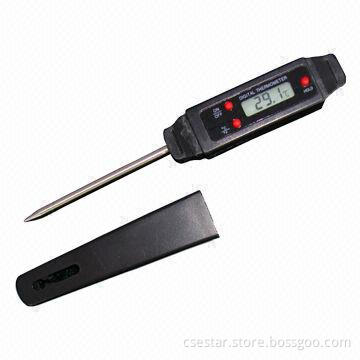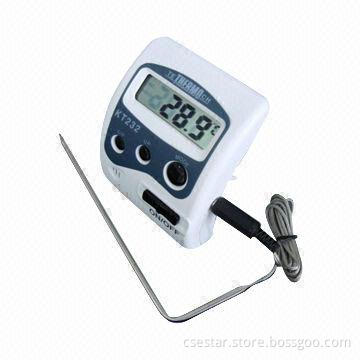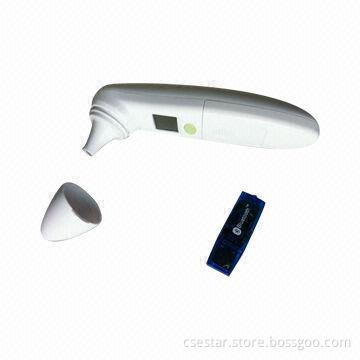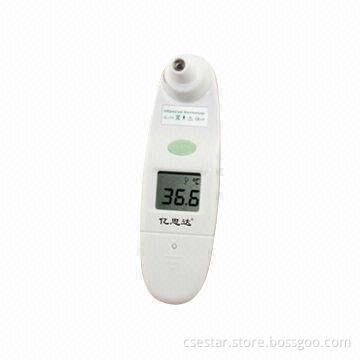
Infrared Ear Thermometer, Reading in 1 Second, Requires New Disposable Probe Cover After Each Use
- Payment Type:
- Telegraphic Transfer (TT, T/T)
Quantity:
Your message must be between 20 to 2000 characters
Contact NowBasic Info
Basic Info
| Payment Type: | Telegraphic Transfer (TT,T/T) |
|---|
Product Description
Product Description
- Temperature range: 32-42°C
- Environment temperature range: 12-38°C
- Storage temperature range: -20-50°C
- Measurement time: within 1 second
- The scale choosing: °C or °F
- Display mode: LCD
- Memory function: 10 groups
- Fever alarm, beeper function and low-battery display
- Close method: shut-off automatically after 5 minutes of non-operating
- An infrared (IR) thermometer contains an optical sensor, usually a thermopile, which can detect the infrared emissions from any hot object
- Internal temperature of the body
- Temperature of the thermometer, which is also radiating IR energy
- Emissivity, which describes the efficiency of the surface for radiating electromagnetic radiation and is a dimensionless number between 0 (smooth shiny surface) and 1 (dark rough surface)
- Filtering effect of optical components, including the probe cover
- Infrared ear thermometers are designed to sense the temperature of the tympanic membrane within the ear
- The measured temperature is an average across the visualized area
- The field of view may encompass adjacent ear structures, approximately 2° Celsius colder than the tympanic membrane (typically 37.3° Celsius)
- An instrumentation offset is usually applied which incorporates information about the thermometer temperature and filtering effect of the optical components
- Some devices also try to correct for the effect of averaging (making assumptions about the relative size of the tympanic membrane in the field of view)
- Forehead thermometers repeatedly sample the skin temperature seeking peak values, caused by the presence of the temporal artery lying under the surface
- Instrumentation offset values and physiological offset values are then applied to predict the temperature at another site, usually oral
- All these devices use computational software to rapidly predict the temperature
Related Keywords
Related Keywords
You May Also Like
You May Also Like

